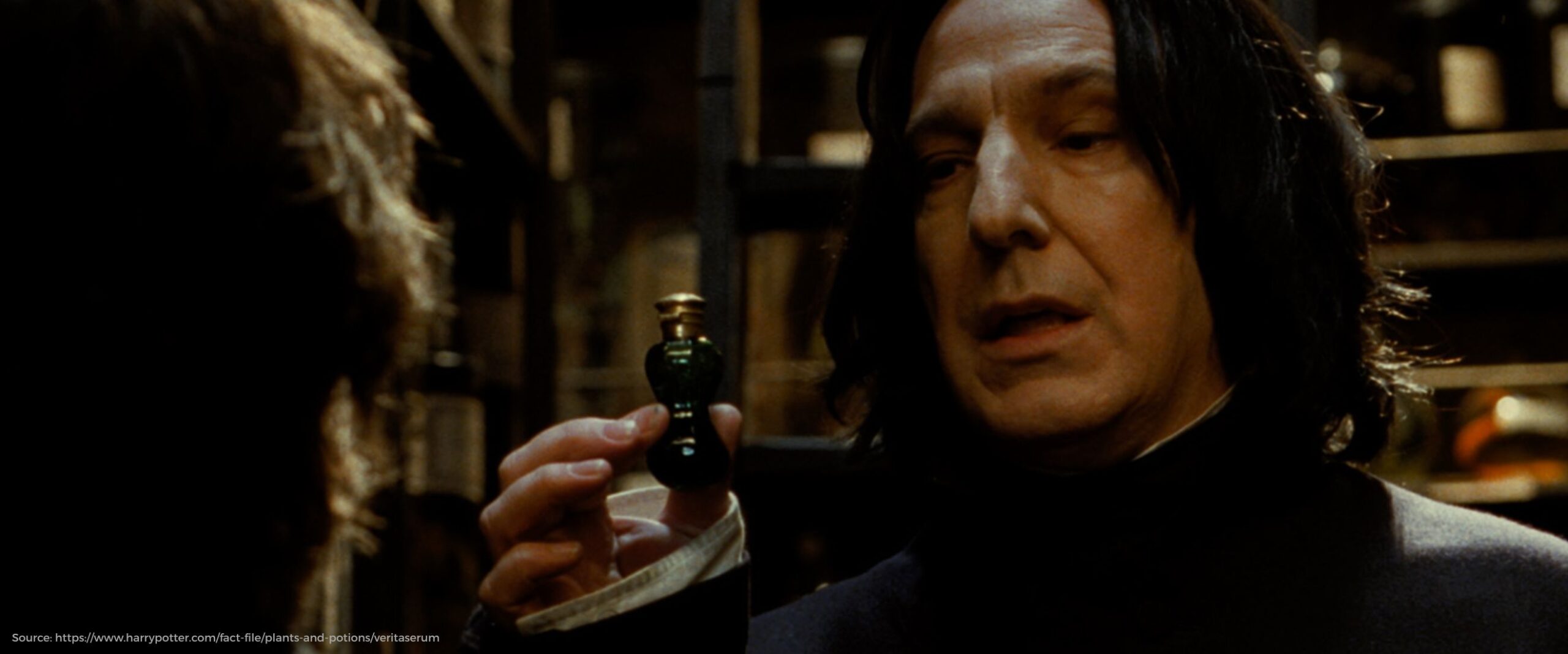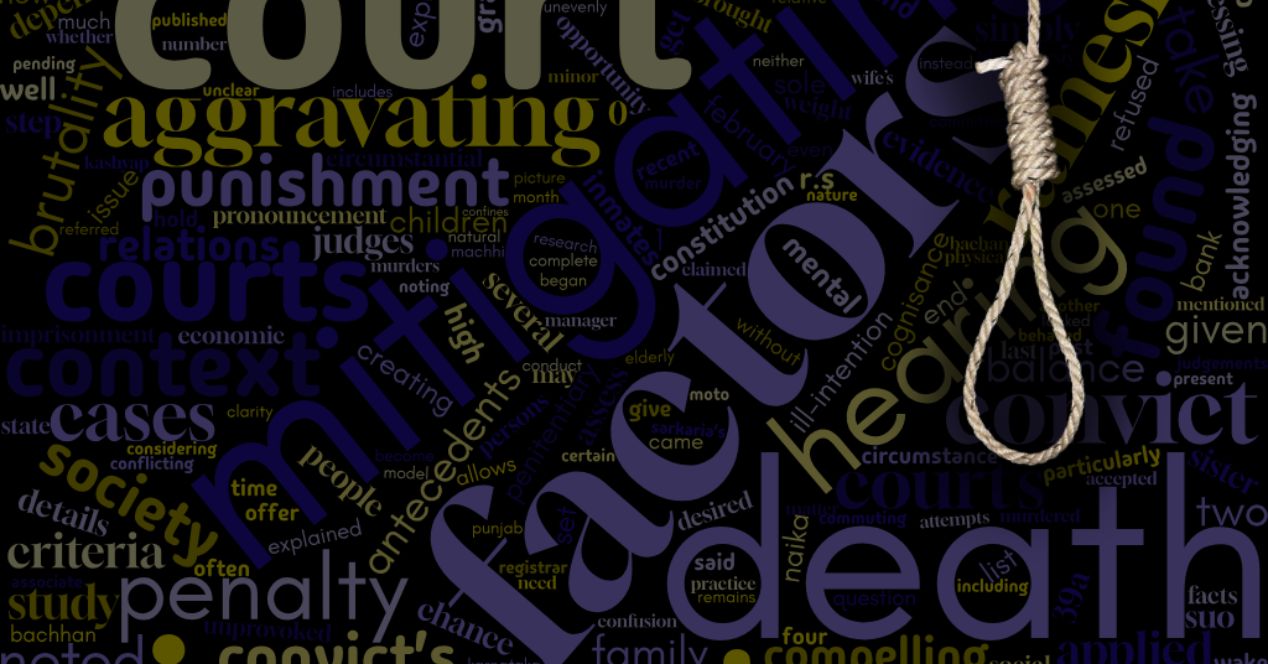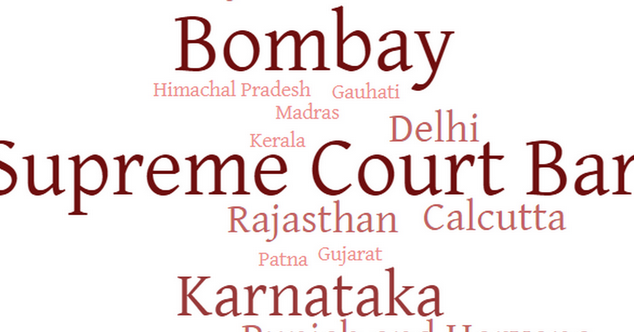Analysis
The Right to Truth (Serum)
The Supreme Court clarified whether an accused person had a right seek a voluntary narco-analysis test to lead evidence

“Do you know what this is, Potter?” Snape said, his eyes glittering dangerously again.
“No,” said Harry, with complete honesty this time.
“It is Veritaserum, a Truth Potion so powerful that three drops would have you spilling your innermost secrets for this entire class to hear,” said Snape viciously. “Now, the use of this potion is controlled by very strict Ministry guidelines. But unless you watch your step, you might just find that my hand slips”—he shook the crystal bottle slightly—“right over your evening pumpkin juice.”
Potter nerds might remember this exchange from The Goblet of Fire, when the seemingly sinister professor was accusing Harry of breaking into his office to steal ingredients for the Polyjuice Potion.
I recalled this scene while reading the Judgement of the Supreme Court in Amlesh Kumar v State of Bihar. There, the Sub-Divisional Police Officer (SDPO) in Mahua had the idea of conducting a narco-analysis test—involving a real-life truth serum—on the accused in a murder case related to dowry harassment.
A Sessions Judge had denied bail to Amlesh. When the case reached the Patna High Court on appeal, the SDPO asked for a later date, assuring the Bench that she would gather more evidence, including the results of a narco-analysis test conducted on all the accused. Amlesh went to the Supreme Court to appeal the High Court’s acceptance of the SDPO’s submission.
Amlesh had the support of the Supreme Court’s landmark decision in Selvi v State of Karnataka (2010), where it had held that forceful subjection of an accused to a narco-analysis test constituted a violation of the personal liberty guaranteed by Article 21 of the Constitution.
The three-judge Bench in Selvi had explained how “popular perceptions” of torture or cruelty are “associated with gory images of blood-letting and broken bones.” “However,” CJI K.G. Balakrishnan wrote in the Judgement, “we must recognise that a forcible intrusion into a person’s mental processes is also an affront to human dignity and liberty.”
The Bench had also noted that the results of such a test cannot be submitted as the sole evidence in a trial, because the accused does not have “conscious control over the responses.”
Selvi, however, had kept the door open for voluntary tests. As in Rowling’s fictional world, the use of the test was made subject to strict conditions. The Court extended the National Human Rights Commission’s guidelines for the Lie Detector Test to narco-analysis too. The conditions include: the accused’s consent before a Magistrate; a lawyer’s presence during the test; testing by an independent agency such as a hospital.
The Supreme Court found that the Patna HC was wrong to allow a test when the case solely concerned Amlesh’s bail application. But, it took the opportunity to expand the ambit of the case and considered a wider question: Could a narco-analysis test be claimed by the accused as a matter of right? Could they use the results to lead evidence to clear their name? The Court thought this a worthy question to address after the amicus appointed by the Bench pointed to diverging views of High Courts.
The Bench in Amlesh Kumar clarified that the accused may request a test at “an appropriate stage,” which is “when the accused is exercising his right to lead evidence in a trial.” However, it also noted that the right is not “indefeasible”—the Court must consider the “totality of circumstances” surrounding the matter, such as “free consent, appropriate safeguards, etc.”
No slipping of hands, a la Snape. Or breaking into offices, like Potter. While emphasising the safeguards for a narco-analysis test (the real-life veritaserum is sodium pentothal, which puts the user in a “hypnotic trance”), the Court no doubt had in mind the blurred boundaries of criminal investigation in our country, where voluntariness is often not-so-voluntary.
This article was first featured in SCO’s Weekly newsletter. Sign up now!




